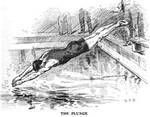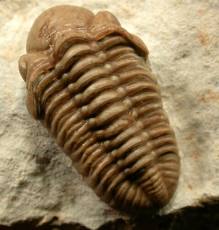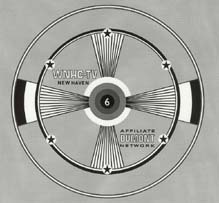My father was born in 1911 and was a high school and college swimmer from 1925 to 1933 (Dartmouth record holder in the 150-yard backstroke, as he liked to point out), so it is natural that he was well versed in all the competitions—even the odd and obscure ones—having to do with his sport. Of these, one of his favorites was the Plunge. I fondly remember him demonstrating it to my brother Michael and me when we were boys, and then encouraging us to try it.
The Plunge was a simple event. You dove from the side of the pool and then tried to see how far you could float, without moving arms or legs, in 60 seconds. As I recall, the first part of the event was fun but the last 20 or so seconds were incredibly uneventful as, with your forward propulsion depleted, you basically floated in place until time was up (or you ran out of breath).
It wasn’t until years later that I discovered the Plunge had been a very popular event in the late 1800s and early 1900s, and indeed had been an Olympic event in the London Games of 1904. It cannot have been much of a spectator sport. Because competitors tended to drift sideways as well as forward (and perhaps even backward), they dove into the pool one by one rather than as a group. According to accounts of the day, the fatter you were, the better the chance you had of winning. It’s hard to imagine the Plunge in the age of the Speedo.
In any case, it’s one of the those rare Olympic events that you can picture yourself doing fairly well in. For reference, William Dickey of the New York Athletic Club was the gold medal winner in London (there were only five competitors), floating 62 feet six inches in the allotted time. It’s an Olympic record that stands to this day because the event was never a part of subsequent Olympiads. The world record of 80 feet was set in 1912 by University of Pennsylvania plunger S.B. Willis.
The NCAA dropped the Plunge as a college event in 1925, but maybe it’s time to bring it back. There’s a peaceful manatee-like quality to the Plunge, and none of the thrashing through the water that’s associated with other swimming events. In fact, it’s one of the few sports that allows you to compete and bask at the same time. You might give it a try yourself the next time you’re at the pool.



